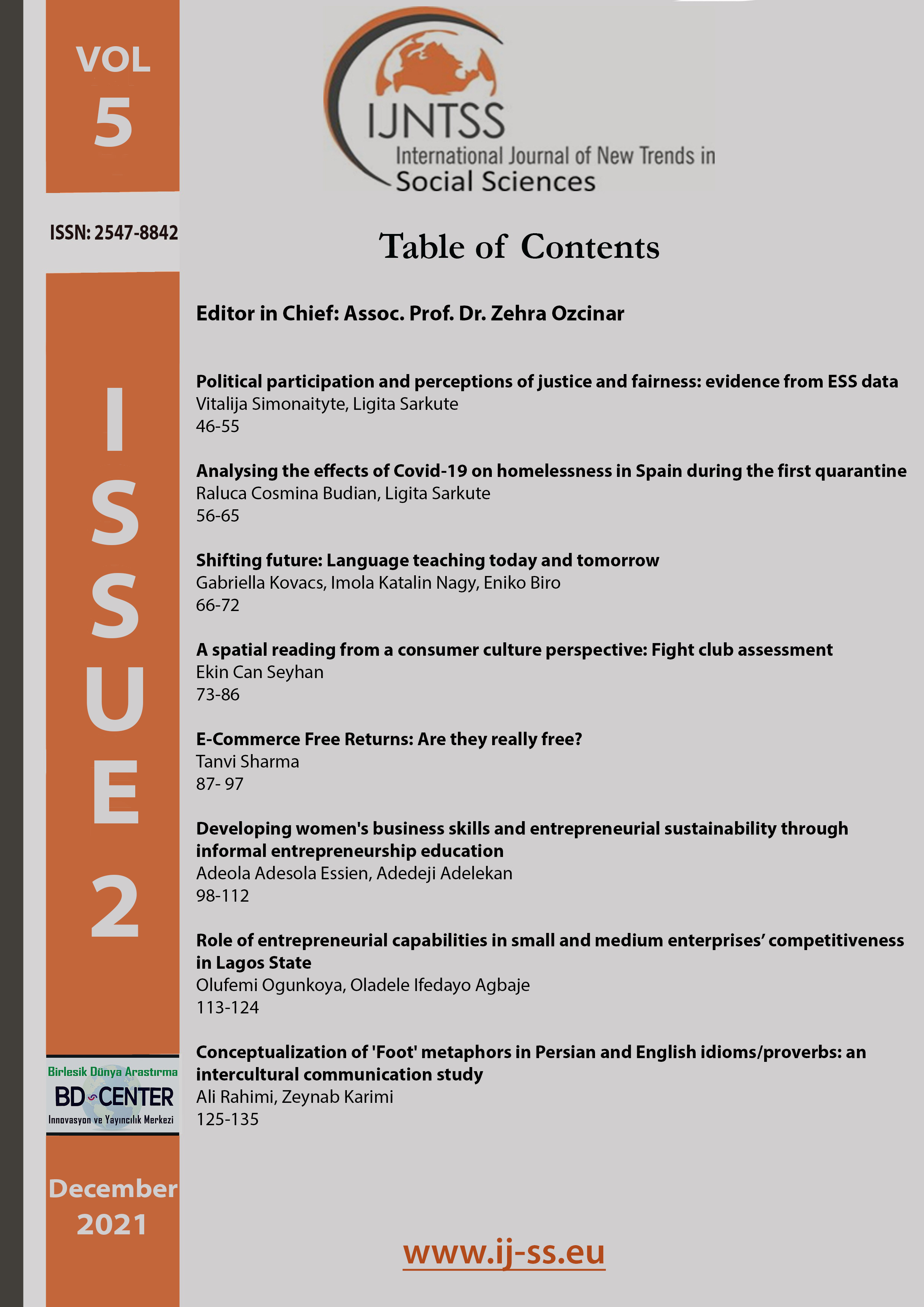Conceptualization of 'Foot' metaphors in Persian and English idioms/proverbs: an intercultural communication study
Main Article Content
Abstract
Peoples' experiences with their bodies play an essential role in the emergence of figurative thought. Hence, body-organ terms as a mapping process between the two domains are closely connected to the speakers' conceptual system. This study investigates the conceptualization of 'foot' in as many as 10000 Persian proverbs and idioms in six related Iranian proverb books. Conducting a corpus-based analysis, based on Schematic's model of conceptualization of cultural cognition developed by Sharifian (2011). This study elucidates how 'Pa,' the Persian equivalent for Foot, is conceptualized as being either tantamount to or being in the locality of feelings, thoughts, memories, and personality traits. Based on the findings, the body part 'Pa' provides a conceptual foundation for Persian speakers to represent their cognitive, emotional, socio-cultural, and linguistic experiences.
Keywords: Body organs; Conceptual Metaphor Theory; Intercultural communication; Intercultural sensitivity.
Downloads
Article Details

This work is licensed under a Creative Commons Attribution 4.0 International License.
Authors who publish with this journal agree to the following terms:
- Authors retain copyright and grant the journal right of first publication with the work simultaneously licensed under a Creative Commons Attribution License that allows others to share the work with an acknowledgement of the work's authorship and initial publication in this journal.
- Authors are able to enter into separate, additional contractual arrangements for the non-exclusive distribution of the journal's published version of the work (e.g., post it to an institutional repository or publish it in a book), with an acknowledgement of its initial publication in this journal.
- Authors are permitted and encouraged to post their work online (e.g., in institutional repositories or on their website) prior to and during the submission process, as it can lead to productive exchanges, as well as earlier and greater citation of published work (See The Effect of Open Access).
